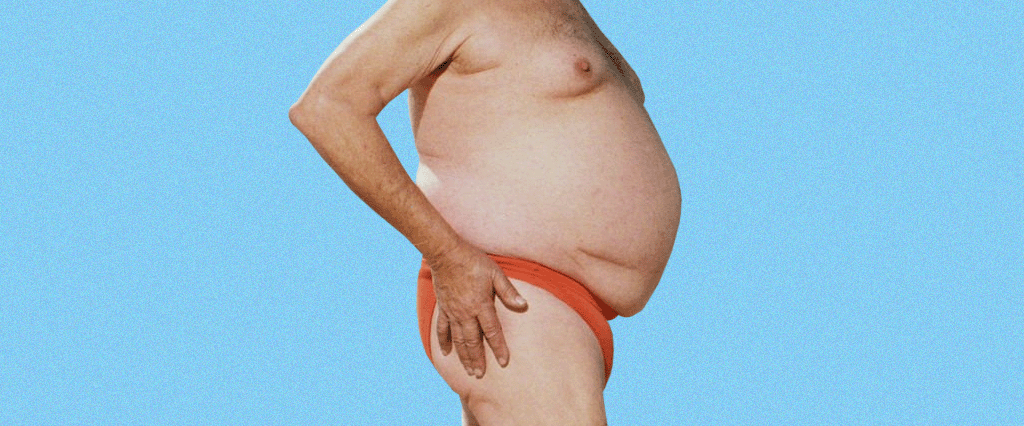It’s probably best to just get the bad news out of the way immediately: Crunches are not an efficient fat-burning exercise, and you will never be able to crunch your way to a slimmer waistline.
Fat and muscle are two distinctly different tissues that have absolutely nothing to do with one another. Muscle is most optimally formed by training a body part along a defined path that causes the muscle fibers to break down, and then rebuild in a stronger configuration. Conversely, fat is created when energy — in the form of calories that were transformed into glucose — is unable to be burned off. As a result, that unused glucose is converted into fatty acids and stored as adipose tissue for use at a later time. The more energy you ingest and fail to expend, the greater the buildup of potential energy across your body in the form of fatty tissue.
Again, I can’t stress it enough — these are two very different processes that generate two very different tissues with very different functions. You can’t carve muscle out of fat, you can’t cause fat to magically transform into muscle and muscle doesn’t degenerate into fat if it goes underutilized.
So what does this mean for my crunches?
It means that you need to establish a set of expectations for crunches that are within the realm of what they can actually accomplish. When you execute a crunch, you’re flexing the muscles of your abdominals into a maximum contraction. When this motion is repeated enough, it causes microtears in the muscle fibers, resulting in the rebuilding of those fibers in a more powerful way. In short, protruding abdominal muscles are developed from the inside out.
When it comes to body fat or adipose tissue, its removal is experienced from the outside in. The more frequently you’re able to create a deficit in energy expenditure — either by reducing the number of calories you ingest, increasing the number of calories you burn or both — the faster you’re going to banish such tissue from your midsection, eventually clearly away the fat and revealing the hard-won muscle beneath it all.
But for the sake of argument, what if I wanted to attempt to burn calories and body fat by doing crunches?
Then you’ll be doing a whole lot of crunches.
It’s been estimated that an average-sized person burns 0.25 calories per crunch, which translates into six calories burned per minute at a 24-crunch-per-minute rate. In 10 minutes, this person would burn 60 calories, and would need to execute 240 crunches to achieve this total. To arrive at a very moderate calorie-burning total of 200 calories, 800 crunches would need to be completed, which would take more than a half hour.
Meanwhile, there are at least half a dozen easily performed cardiovascular exercises that would result in at least as many calories burned in this amount of time, including walking.
But what if I have a ton of time on my hands and I really just want to do all of my training from the comfort of my back?
If you’re among the exceedingly rare, barely existent segment of humans whose preferred form of aerobic exercise honestly involves executing thousands of crunches at a time, you have my sympathy, because you’re wasting your time.
Even if you did have the stamina to bang out thousands of crunches on a daily basis, that still doesn’t address the fundamental question in play, which is how many crunches it takes to burn body fat. Since the burning of body fat isn’t isolated to the areas where the muscles are being worked — also known as “spot reduction” — there is no magic formula for aerobic crunches that correlates to fat being burned directly where the abdominals are located.
Or to put it another way, the physics of fitness aren’t in your favor.

